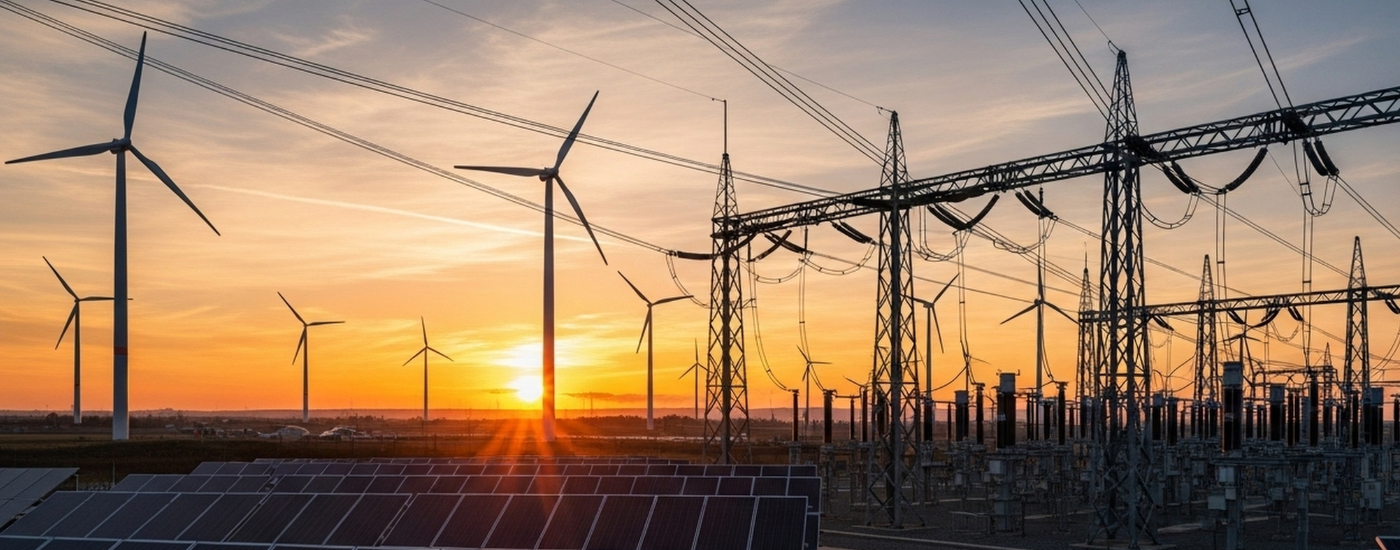The latest summary edition of our monthly Australian energy & environmental market update is now available. Keep reading for energy and carbon pricing movements, policy updates and other news.

This month we cover energy and environmental market movements, AEMO's 2023 Electricity Statement of Opportunity update, Eraring's closure delay and the $22.7 billion Future Made in Australia package.
Keep reading for an overview of key market developments and a discussion of the impact of these announcements.
A comprehensive report with additional insights, charts and commentary from our industry analysts, is available to paid subscribers. Contact our team to find out more.


For a comprehensive update on the ACCU market, read our ACCU Monthly Market Report here.





The Future Made in Australia package was announced as part of the 2024-25 federal budget. The package aims to incentivise the transition to net-zero in order to maximize economic and industrial benefits in clean energy, natural resources, STEM capabilities, and work force education.
The biggest incentives were announced for hydrogen, critical minerals, and solar and battery supply chains:
The Federal Government is also allocating $170.6 million to streamline decision-making surrounding environmental, energy, planning, social license, and foreign investment approvals – this is especially important in regions that have a large pipeline of critical renewable energy projects.

Energy market
The month of May experienced periods of ‘dunkelfaute.’ This refers to times of minimal or no renewable energy generation due to unfavourable conditions such as low wind and cloudy days. It is not unusual for this time of the year.
The dunkelfaute coupled with unplanned outage events at thermal power stations created a perfect storm for rising spot energy prices. Future prices also rallied by more than 20% from the lows seen in February of this year.
The volatility in both spot and future prices will have significant impact for any energy users on progressive or short-term contracts. These energy buyers will need to keep a very close eye on the market in the coming weeks.
The market dynamics we’ve seen in April and May illustrate the market effect of sustained reductions in renewable energy generation. Thereby highlighting the need to understand and proactively manage firming exposure in power purchase agreements (PPAs).
However, organisations on long-term renewable energy contracts / PPAs are often sheltered from this volatility. It is therefore important to set up your strategy carefully.
Additionally, in this month’s full report includes capacity factor and capture price features of renewable assets which shows that some assets such as the Kennedy Energy Park wind farm and Mt. Emerald wind farm achieved capacity factors in excess of 0.5. This shows the importance of selecting the right asset when looking at PPAs
Carbon market
Volumes traded in the Australian carbon market fell in May for the first time this year, with a 13% decrease compared to April’s reported volumes. This played a part in the softening of the spot ACCU price.
If you have exposure to the spot ACCU market, this may be a time to consider engaging the market. Our market experts can help advise on the best path forward.
The events outlined in this month's update highlight the evolving nature of carbon, environmental and energy markets and the complexity of the net zero transition.
To discuss your unique requirements, get in touch with our team today to see how we can help.
Australian Energy & Environmental Market Update - May 2024

As the NEM Review lands, attention rightly turns to system-level settings. But much of the commercial change shaping renewable and firming supply is already unfolding inside over-the-counter (OTC) energy markets. This article sets out what’s already shifting commercially in a market under review.

As the NEM Review lands, attention rightly turns to system-level settings. But much of the commercial change shaping renewable and firming supply is already unfolding inside over-the-counter (OTC) energy markets. This article sets out what’s already shifting commercially in a market under review.